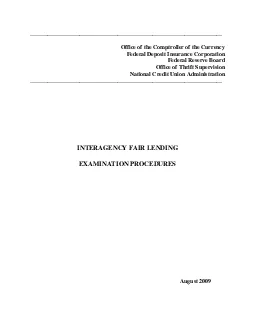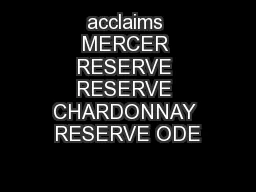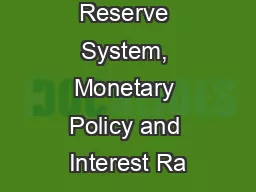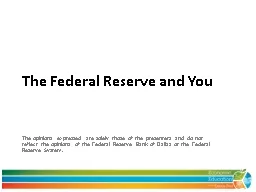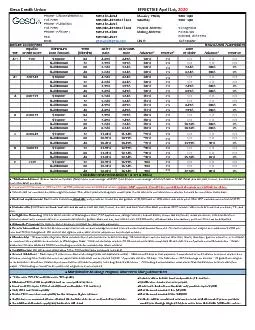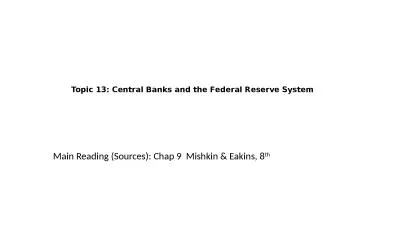PDF-Federal Reserve Board National Credit Union Administration Au
Author : taylor | Published Date : 2021-09-27
Background 1 Step One Develop an Overview 5 Step Two Identify Compliance Program Factors 6 Step Three Review Residential Loan Product
Presentation Embed Code
Download Presentation
Download Presentation The PPT/PDF document "Federal Reserve Board National Credit Un..." is the property of its rightful owner. Permission is granted to download and print the materials on this website for personal, non-commercial use only, and to display it on your personal computer provided you do not modify the materials and that you retain all copyright notices contained in the materials. By downloading content from our website, you accept the terms of this agreement.
Federal Reserve Board National Credit Union Administration Au: Transcript
Download Rules Of Document
"Federal Reserve Board National Credit Union Administration Au"The content belongs to its owner. You may download and print it for personal use, without modification, and keep all copyright notices. By downloading, you agree to these terms.
Related Documents

